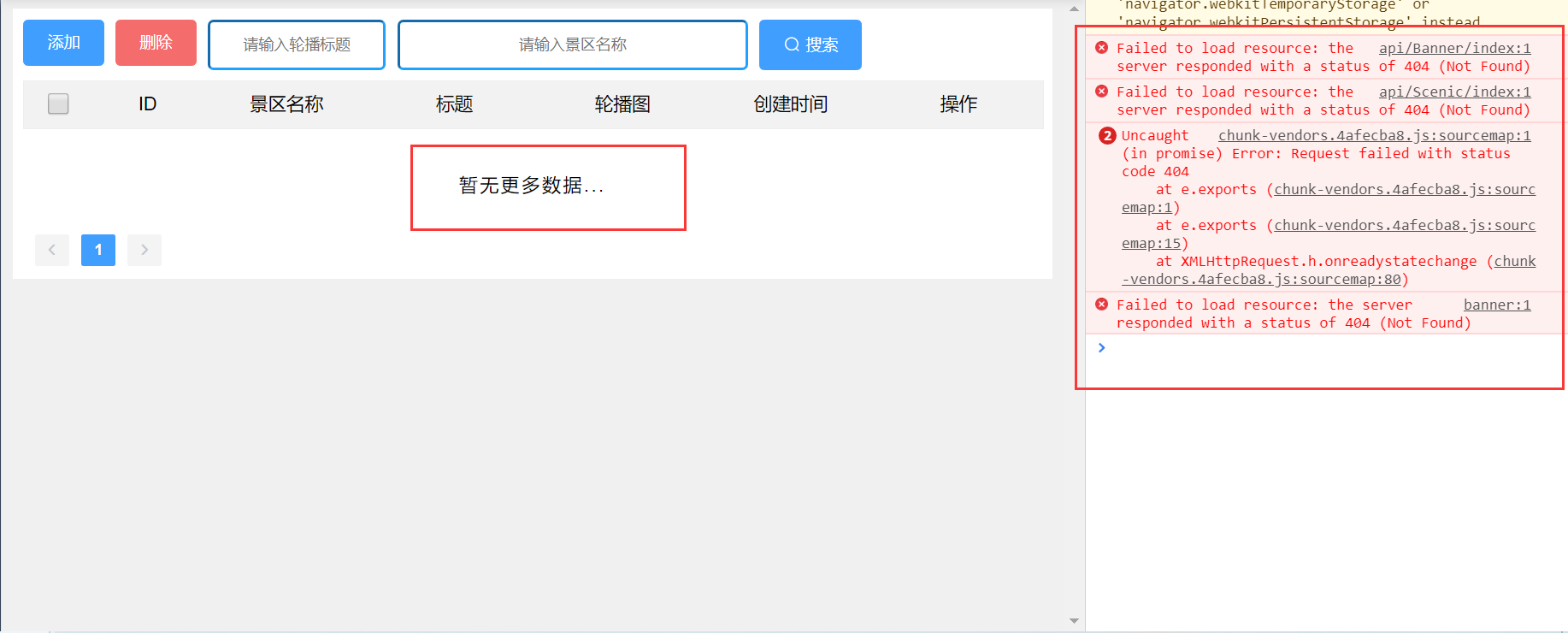PyTorch 06: PyTorch保存和加载模型
下面学习如何使用 PyTorch 保存和加载模型。我们经常需要加载之前训练过的模型,或继续用新的数据训练模型。所以这部分还是挺重要的。
%matplotlib inline%config InlineBackend.figure_format = 'retina'import matplotlib.pyplot as pltimport torchfrom torch import nnfrom torch import optimimport torch.nn.functional as Ffrom torchvision import datasets, transformsimport helperimport fc_model# Define a transform to normalize the datatransform = transforms.Compose([transforms.ToTensor(),transforms.Normalize((0.5,), (0.5,))])# Download and load the training datatrainset = datasets.FashionMNIST('~/.pytorch/F_MNIST_data/', download=True, train=True, transform=transform)trainloader = torch.utils.data.DataLoader(trainset, batch_size=64, shuffle=True)# Download and load the test datatestset = datasets.FashionMNIST('~/.pytorch/F_MNIST_data/', download=True, train=False, transform=transform)testloader = torch.utils.data.DataLoader(testset, batch_size=64, shuffle=True)
下面是一个图像示例。
image, label = next(iter(trainloader))helper.imshow(image[0,:]);

训练网络
我将上一部分的模型架构和训练代码移到了文件 fc_model 中。通过导入此模块,我们可以使用 fc_model.Network 轻松创建一个完全连接的网络,并使用 fc_model.train 训练网络。我会使用经过训练后的模型来演示保存和加载。
# Create the network, define the criterion and optimizermodel = fc_model.Network(784, 10, [512, 256, 128])criterion = nn.NLLLoss()optimizer = optim.Adam(model.parameters(), lr=0.001)fc_model.train(model, trainloader, testloader, criterion, optimizer, epochs=2)Epoch: 1/2.. Training Loss: 1.703.. Test Loss: 0.997.. Test Accuracy: 0.659Epoch: 1/2.. Training Loss: 1.060.. Test Loss: 0.738.. Test Accuracy: 0.733...Epoch: 2/2.. Training Loss: 0.528.. Test Loss: 0.445.. Test Accuracy: 0.840Epoch: 2/2.. Training Loss: 0.502.. Test Loss: 0.465.. Test Accuracy: 0.829Epoch: 2/2.. Training Loss: 0.540.. Test Loss: 0.439.. Test Accuracy: 0.837
保存和加载网络
每次需要使用网络时都去训练它不太现实,也很不方便。我们可以保存训练过的网络,之后加载这些网络来继续训练或用它们进行预测。
PyTorch 网络的参数保存在模型的 state_dict 中。可以看到这个状态字典包含每个层级的权重和偏差矩阵。
print("Our model: \n\n", model, '\n')print("The state dict keys: \n\n", model.state_dict().keys())Our model:Network((hidden_layers): ModuleList((0): Linear(in_features=784, out_features=512, bias=True)(1): Linear(in_features=512, out_features=256, bias=True)(2): Linear(in_features=256, out_features=128, bias=True))(output): Linear(in_features=128, out_features=10, bias=True)(dropout): Dropout(p=0.5, inplace=False))The state dict keys:odict_keys(['hidden_layers.0.weight', 'hidden_layers.0.bias', 'hidden_layers.1.weight', 'hidden_layers.1.bias', 'hidden_layers.2.weight', 'hidden_layers.2.bias', 'output.weight', 'output.bias'])
最简单的方法是使用 torch.save 保存状态字典。例如,我们可以将其保存到文件 'checkpoint.pth' 中。
torch.save(model.state_dict(), 'checkpoint.pth')
然后,使用 torch.load 加载这个状态字典。
state_dict = torch.load('checkpoint.pth')print(state_dict.keys())odict_keys(['hidden_layers.0.weight', 'hidden_layers.0.bias', 'hidden_layers.1.weight', 'hidden_layers.1.bias', 'hidden_layers.2.weight', 'hidden_layers.2.bias', 'output.weight', 'output.bias'])
要将状态字典加载到神经网络中,需要执行 model.load_state_dict(state_dict)。
model.load_state_dict(state_dict)<All keys matched successfully>
看上去很简单?其实不然!只有模型结构和检查点的结构完全一样时,状态字典才能加载成功哦。如果我在创建模型时使用了不同的结构,便无法顺利加载。
# Try thismodel = fc_model.Network(784, 10, [400, 200, 100])# This will throw an error because the tensor sizes are wrong!model.load_state_dict(state_dict)---------------------------------------------------------------------------RuntimeError Traceback (most recent call last)<ipython-input-13-d859c59ebec0> in <module>2 model = fc_model.Network(784, 10, [400, 200, 100])3 # This will throw an error because the tensor sizes are wrong!----> 4 model.load_state_dict(state_dict)~/anaconda3/envs/tf/lib/python3.6/site-packages/torch/nn/modules/module.py in load_state_dict(self, state_dict, strict)845 if len(error_msgs) > 0:846 raise RuntimeError('Error(s) in loading state_dict for {}:\n\t{}'.format(--> 847 self.__class__.__name__, "\n\t".join(error_msgs)))848 return _IncompatibleKeys(missing_keys, unexpected_keys)849RuntimeError: Error(s) in loading state_dict for Network:size mismatch for hidden_layers.0.weight: copying a param with shape torch.Size([512, 784]) from checkpoint, the shape in current model is torch.Size([400, 784]).size mismatch for hidden_layers.0.bias: copying a param with shape torch.Size([512]) from checkpoint, the shape in current model is torch.Size([400]).size mismatch for hidden_layers.1.weight: copying a param with shape torch.Size([256, 512]) from checkpoint, the shape in current model is torch.Size([200, 400]).size mismatch for hidden_layers.1.bias: copying a param with shape torch.Size([256]) from checkpoint, the shape in current model is torch.Size([200]).size mismatch for hidden_layers.2.weight: copying a param with shape torch.Size([128, 256]) from checkpoint, the shape in current model is torch.Size([100, 200]).size mismatch for hidden_layers.2.bias: copying a param with shape torch.Size([128]) from checkpoint, the shape in current model is torch.Size([100]).size mismatch for output.weight: copying a param with shape torch.Size([10, 128]) from checkpoint, the shape in current model is torch.Size([10, 100]).
这就是说,我们需要重新构建和训练时完全一样的模型。我们需要将模型架构信息与状态字典一起保存在检查点里。所以,你需要创建一个字典,其中包含完全重新构建模型所需的所有信息。
checkpoint = { 'input_size': 784,'output_size': 10,'hidden_layers': [each.out_features for each in model.hidden_layers],'state_dict': model.state_dict()}torch.save(checkpoint, 'checkpoint.pth')
现在,检查点中包含了重建训练模型所需的全部信息。你可以随意将它编写为函数。同样,我们可以编写一个函数来加载检查点。
def load_checkpoint(filepath):checkpoint = torch.load(filepath)model = fc_model.Network(checkpoint['input_size'],checkpoint['output_size'],checkpoint['hidden_layers'])model.load_state_dict(checkpoint['state_dict'])return modelmodel = load_checkpoint('checkpoint.pth')print(model)



































还没有评论,来说两句吧...